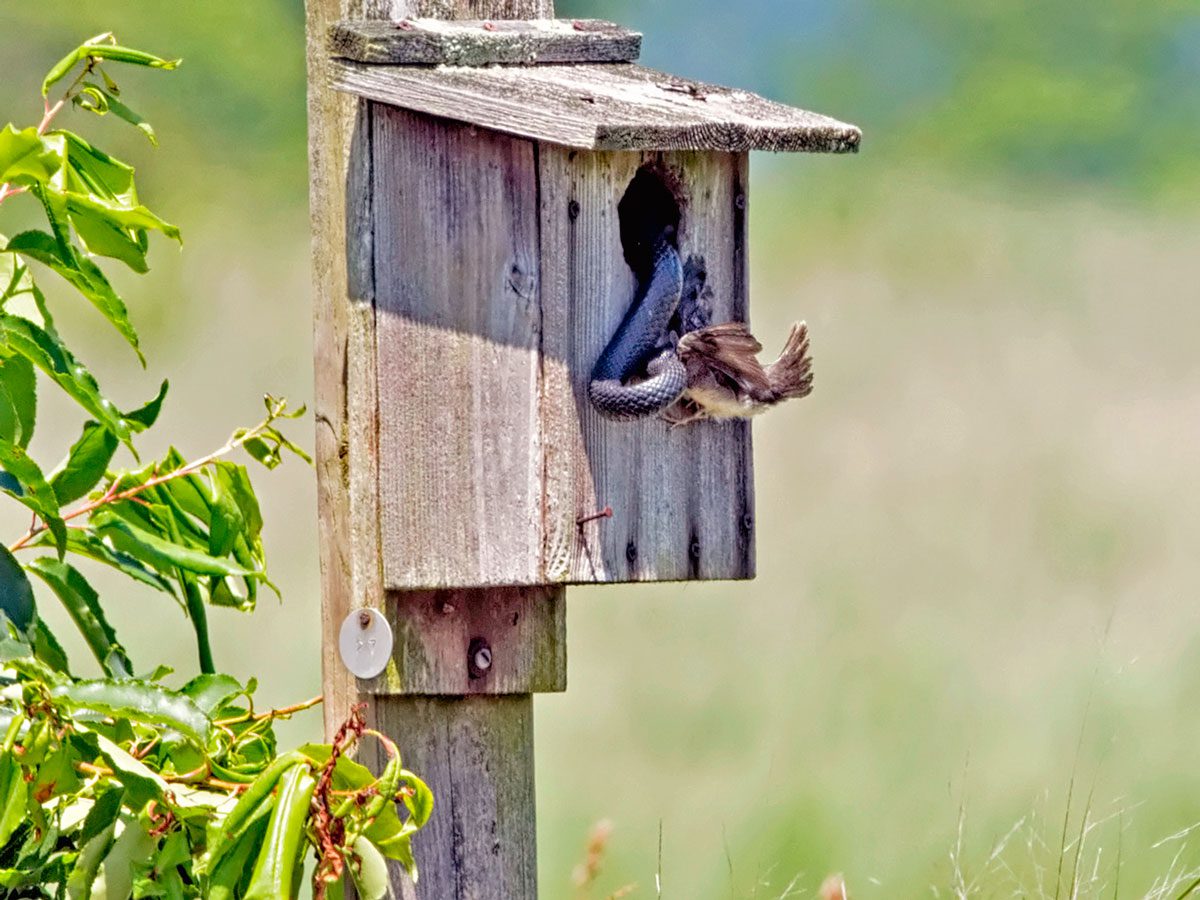Robins are one of the most common birds in North America, and they are known for their beautiful songs and their bright red breasts. Robins are also known for their nests, which are unique in both their construction and their location. In this article, we will take a closer look at robin nests, including where they are built, what they look like, and how to find them.

What is a Robin Nest?
Structure and Materials
Robin nests are small, cup-shaped structures made of twigs, leaves, and other natural materials. The nests are typically 4-6 inches in diameter and 3-4 inches deep. The outer layer of the nest is made of twigs and leaves, while the inner layer is lined with soft materials such as grass or feathers.
| Material | Purpose |
|---|---|
| Twigs and leaves | Outer layer of the nest |
| Grass and feathers | Inner lining of the nest |
Location
Robins typically build their nests in trees or shrubs. The nests are usually placed high up in the tree, at least 10 feet off the ground. This helps to protect the nest from predators.
- Trees
- Shrubs
- Bushes
Size and Shape
Robin nests are typically 4-6 inches in diameter and 3-4 inches deep. The nests are cup-shaped, with a slightly concave bottom. This helps to keep the eggs and chicks warm.

Where Do Robins Build Their Nests?
Robins typically build their nests in trees or shrubs. The nests are usually placed high up in the tree, at least 10 feet off the ground. This helps to protect the nest from predators.
- Trees
- Shrubs
- Bushes
Robins will also build their nests in other locations, such as on porches, in garages, and even in old tires. However, these locations are not as safe as trees or shrubs, and the nests are more likely to be destroyed by predators or the elements.
:max_bytes(150000):strip_icc()/robins-eggs-56e0c1443df78c5ba0567da3.jpg)
What Do Robin Nests Look Like?
Robin nests are small, cup-shaped structures made of twigs, leaves, and other natural materials. The nests are typically 4-6 inches in diameter and 3-4 inches deep. The outer layer of the nest is made of twigs and leaves, while the inner layer is lined with soft materials such as grass or feathers.
| Material | Purpose |
|---|---|
| Twigs and leaves | Outer layer of the nest |
| Grass and feathers | Inner lining of the nest |
Robin nests are typically placed high up in trees or shrubs, at least 10 feet off the ground. This helps to protect the nest from predators.

How to Find a Robin Nest
Look for Robins
One of the best ways to find a robin nest is to look for robins. Robins are very territorial, and they will often defend their nests aggressively. If you see a robin acting aggressively, it is a good sign that there is a nest nearby.
Check Trees and Shrubs
Robins typically build their nests in trees or shrubs. The nests are usually placed high up in the tree, at least 10 feet off the ground. Check the branches of trees and shrubs for nests.
| Location | Height |
|---|---|
| Trees | At least 10 feet off the ground |
| Shrubs | At least 6 feet off the ground |
Listen for Chicks
If you hear baby birds chirping, it is a good sign that there is a nest nearby. Follow the sound of the chirping to find the nest.
- Chirping
- Begging calls
- Fledgling calls

How to Attract Robins to Your Yard
Provide Food and Water
One of the best ways to attract robins to your yard is to provide them with food and water. Robins are omnivores, and they will eat a variety of foods, including fruits, berries, insects, and worms. You can provide food for robins by setting out a bird feeder filled with birdseed or suet. You can also plant berry bushes or fruit trees in your yard to provide a natural food source for robins.
- Birdseed
- Suet
- Berries
- Fruit
- Insects
- Worms
Create a Safe and Welcoming Environment
Robins are wary of predators, so it is important to create a safe and welcoming environment for them in your yard. You can do this by planting trees and shrubs that provide cover from predators. You can also avoid using pesticides and herbicides in your yard, as these chemicals can harm robins and their food sources.
| Action | Benefit |
|---|---|
| Plant trees and shrubs | Provides cover from predators |
| Avoid using pesticides and herbicides | Protects robins and their food sources |

Final Thought
Robin nests are fascinating structures that provide a safe and comfortable home for robin chicks. By learning more about robin nests, we can better appreciate these amazing birds and their unique nesting habits.




